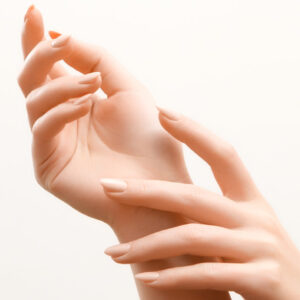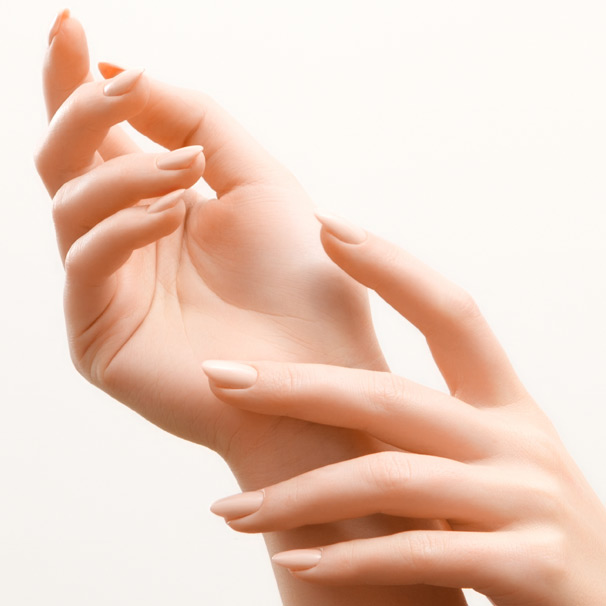Top Tips for Healthy Nails
Pretty fingernails are one of those rare beauty pick-me-ups where it doesn't matter if you are a size 2 or if your skin is misbehaving. Try these tips so you'll have a smile on your face whenever you glance down at your hands.
1. Don't cut your cuticles.
The cuticles are the body's natural protection against fungus and bacteria — and infected nails are definitely not the look you're going for. Even if you're tempted to push them back, you should resist. It still leaves room for infection, and there's a good chance they will wind up looking ragged.
2. Avoid nail hardeners.
Healthy nails are flexible ones that can take wear and tear without snapping off. Unless your nails are extremely weak and thin, you'll benefit more from keeping them moisturized rather than stiff. Apply DERMAdoctor KP Duty dermatologist moisturizing therapy lotion to the nail and the cuticle routinely to keep them supple.
3. Keep professional manicures to a minimum.
The pampering is definitely fun, but the routine use of harsh chemicals can leave your nails overly brittle and dry. Plus, you also run the risk of infections from the communal tools at the salon. Bring your own set of tools to your next mani-pedi to lower your odds of getting a painful or unsightly infection.
4. Choose non-acetone based polish removers.
Acetone removers are so effective at stripping nail polish off that they may also damage the nails below, leaving them dry and brittle. It's worth it in the long run to use a little more effort to remove the polish, whether you have natural or acrylic nails.
5. File nails in one direction.
It's faster to see-saw back and forth, but it may up your odds of making nails too short or causing small cracks. The classic orange emery boards may be too rough for weak nails, so use a smooth, fine metal file.
6. Wear gloves when you're cleaning.
Bleach and other household cleaning chemicals can strip the moisture out of your nails in a heartbeat. If you clean up without protecting your hands first, wash hands right away with a gentle cleanser and rub lotion into your hands and nails.
7. Use mild shampoos.
The connection may be hard to spot at first, but the harsh detergents in some shampoos are just as damaging to your nails as they can be to your hair. Look for sulfate-free shampoos at your salon or drug store.
8. Pay attention to subtle changes.
If you spy discoloration or changes in nail color, a change in shape, if they are thinning or thickening, or if there is bleeding around your nails, see a dermatologist to make sure you don't have an underlying health problem.
By Cathy Garrard
DERMAdoctor Staff Writer
This content is sponsored by DERMAdoctor. The author receives compensation for its creation. All content is the legal copyright of DERMAdoctor, Inc, and it may not be used, reprinted, or published without written consent.
The information provided is for entertainment purposes only and is not intended to provide medical, legal or other professional advice.


